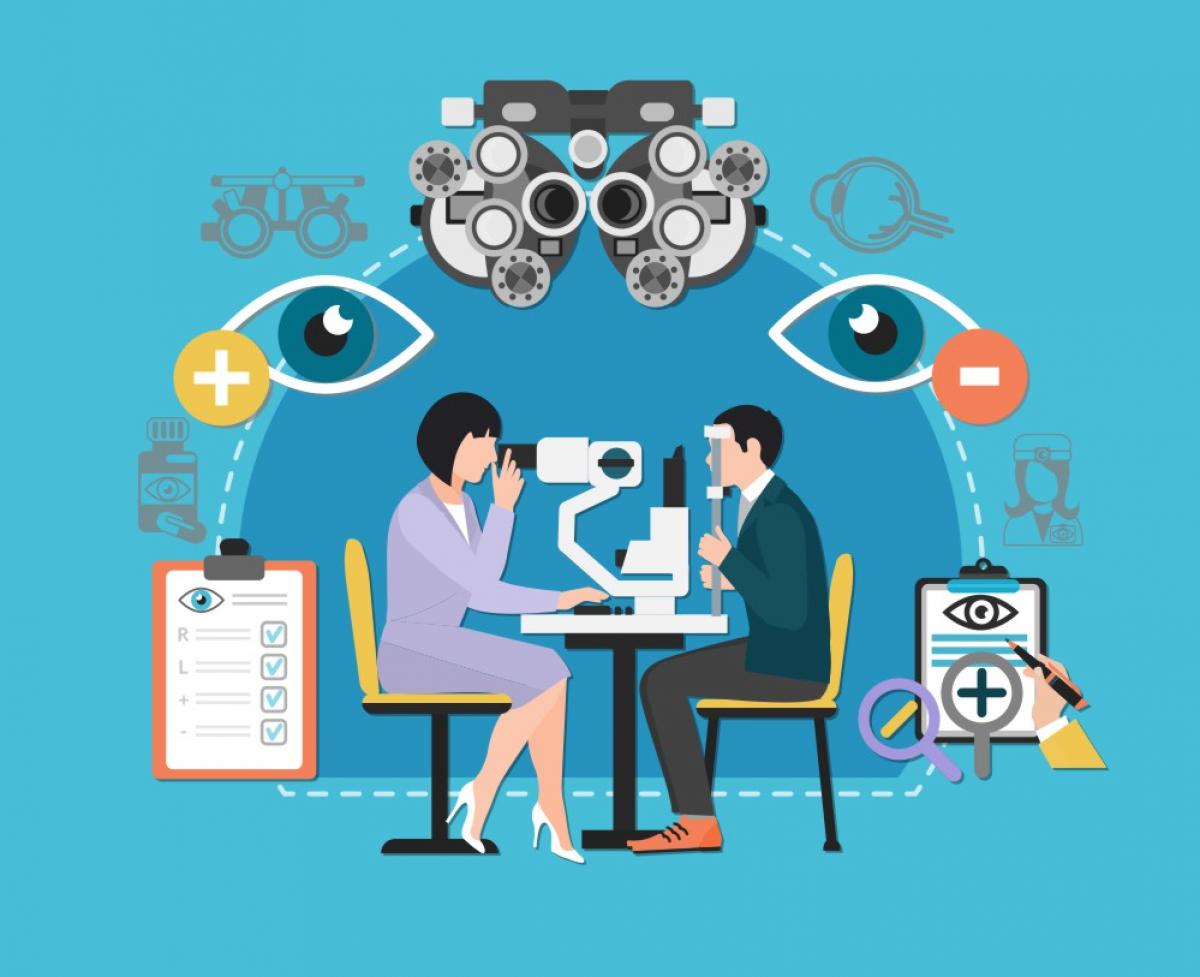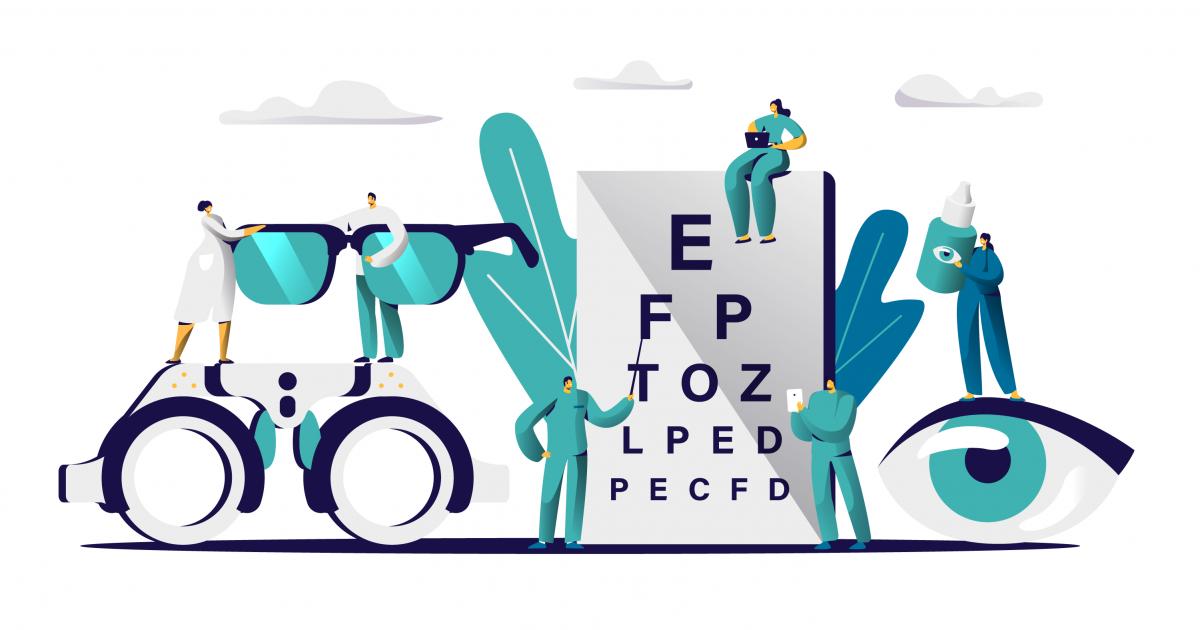What kind of cataract do I have?
I find it most useful for patients to explain that there are cataracts that are age-related and there are cataracts that are related to other things (e.g. trauma, inflammation, diabetes, medications). These types progress at very different rates with age-related generally slower.
It is probably of little relevance to most, but you can certainly ask your doctor exactly what type of cataract that you have (e.g. cortical, posterior sub-capsular). Cataracts are typically graded on a 0-4 scale (4 being the most advanced).
Sometimes the type of cataract can guide eye care professionals to investigate systemic health conditions like diabetes or autoimmune conditions.
Your doctor won’t likely commit to a definite answer, but you can ask them what to expect as far as the speed of progression.
This brief post is not meant to be a clinical list of cataract types - just take away that [1] different types advance at different rates and [2] have different underlying causes and can be clues to a puzzle.
A commonly Google searched phrase is
"What does a cataract look like?"
Because cataracts occur inside of the eye (not on the surface) - It is difficult to see a cataract with the naked eye unless it is very advanced. In late stages, you may be able to see a whitish haze within the pupil of the eye. (She the What is a cataract post). Two conditions commonly confused as cataract because they are visible on the surface of the eye are: Pterygium (more information here) and Arcus Senilis (cholesterol deposits in the cornea).







